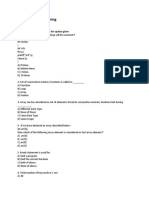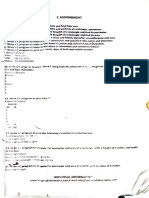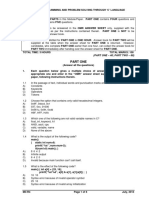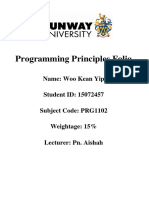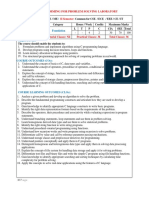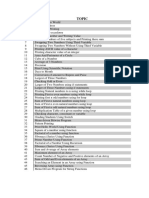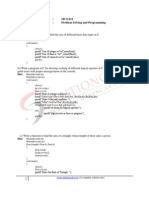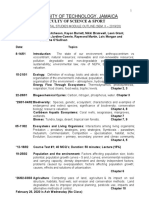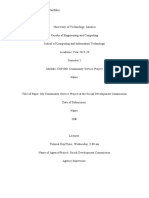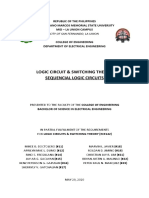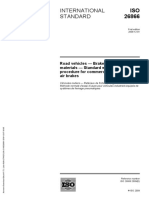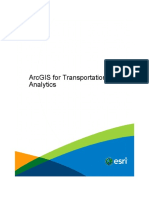0% found this document useful (0 votes)
74 views2 pagesCMP1025 Tutorial 2
This document provides a tutorial on programming concepts in C including:
1. Fill in the blank questions about control statements like if/else, while loops, for loops, and functions.
2. Examples of C statements that increment and assign variables.
3. Tasks to write C code that performs calculations and conditionals like multiplying variables, testing conditions, and formatting output.
4. Examples of defining variables and initializing them to perform a sum loop.
5. References exercises from a C programming text to complete.
Uploaded by
Leia MichaelsonCopyright
© © All Rights Reserved
We take content rights seriously. If you suspect this is your content, claim it here.
Available Formats
Download as DOCX, PDF, TXT or read online on Scribd
0% found this document useful (0 votes)
74 views2 pagesCMP1025 Tutorial 2
This document provides a tutorial on programming concepts in C including:
1. Fill in the blank questions about control statements like if/else, while loops, for loops, and functions.
2. Examples of C statements that increment and assign variables.
3. Tasks to write C code that performs calculations and conditionals like multiplying variables, testing conditions, and formatting output.
4. Examples of defining variables and initializing them to perform a sum loop.
5. References exercises from a C programming text to complete.
Uploaded by
Leia MichaelsonCopyright
© © All Rights Reserved
We take content rights seriously. If you suspect this is your content, claim it here.
Available Formats
Download as DOCX, PDF, TXT or read online on Scribd
/ 2



